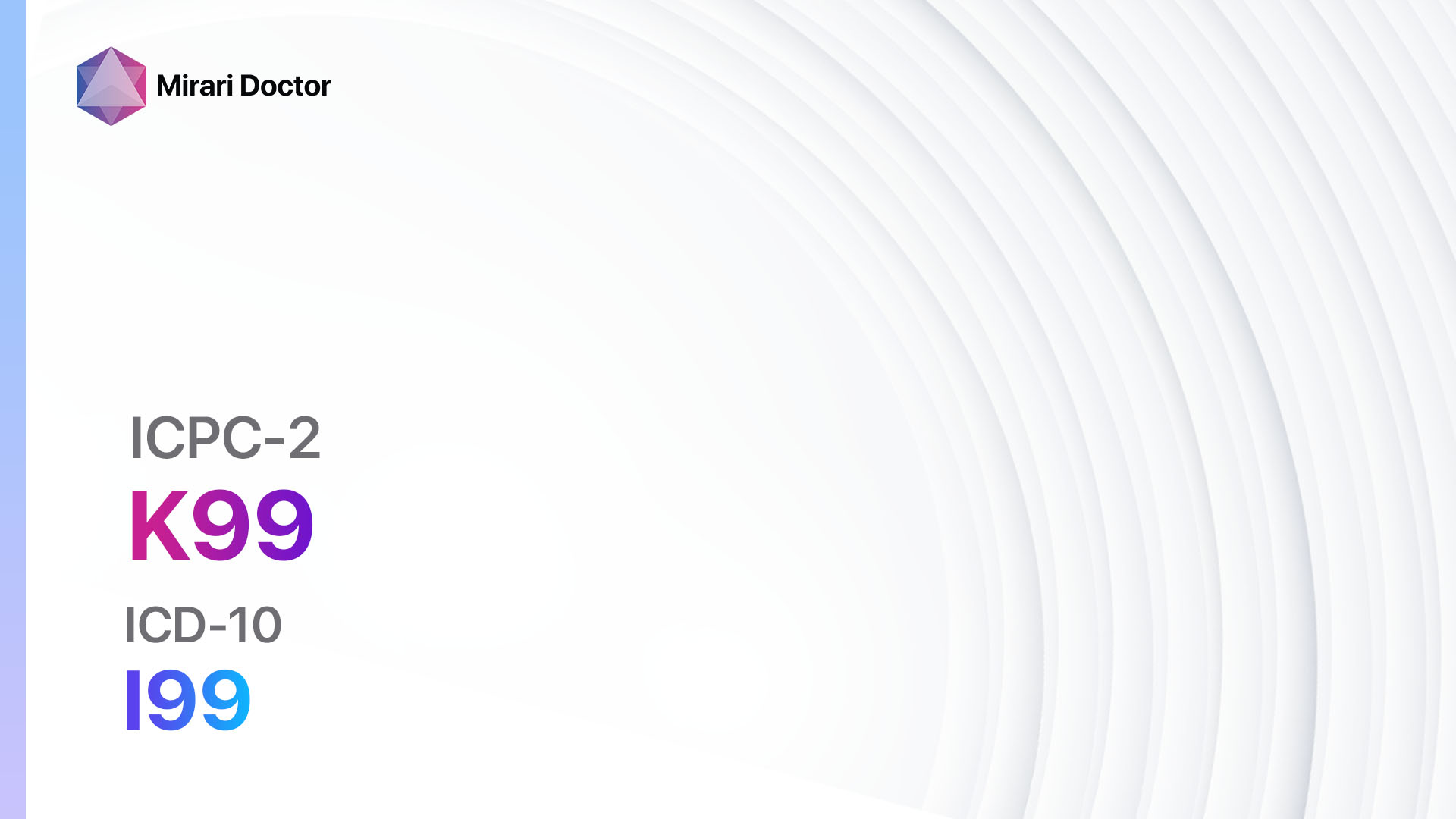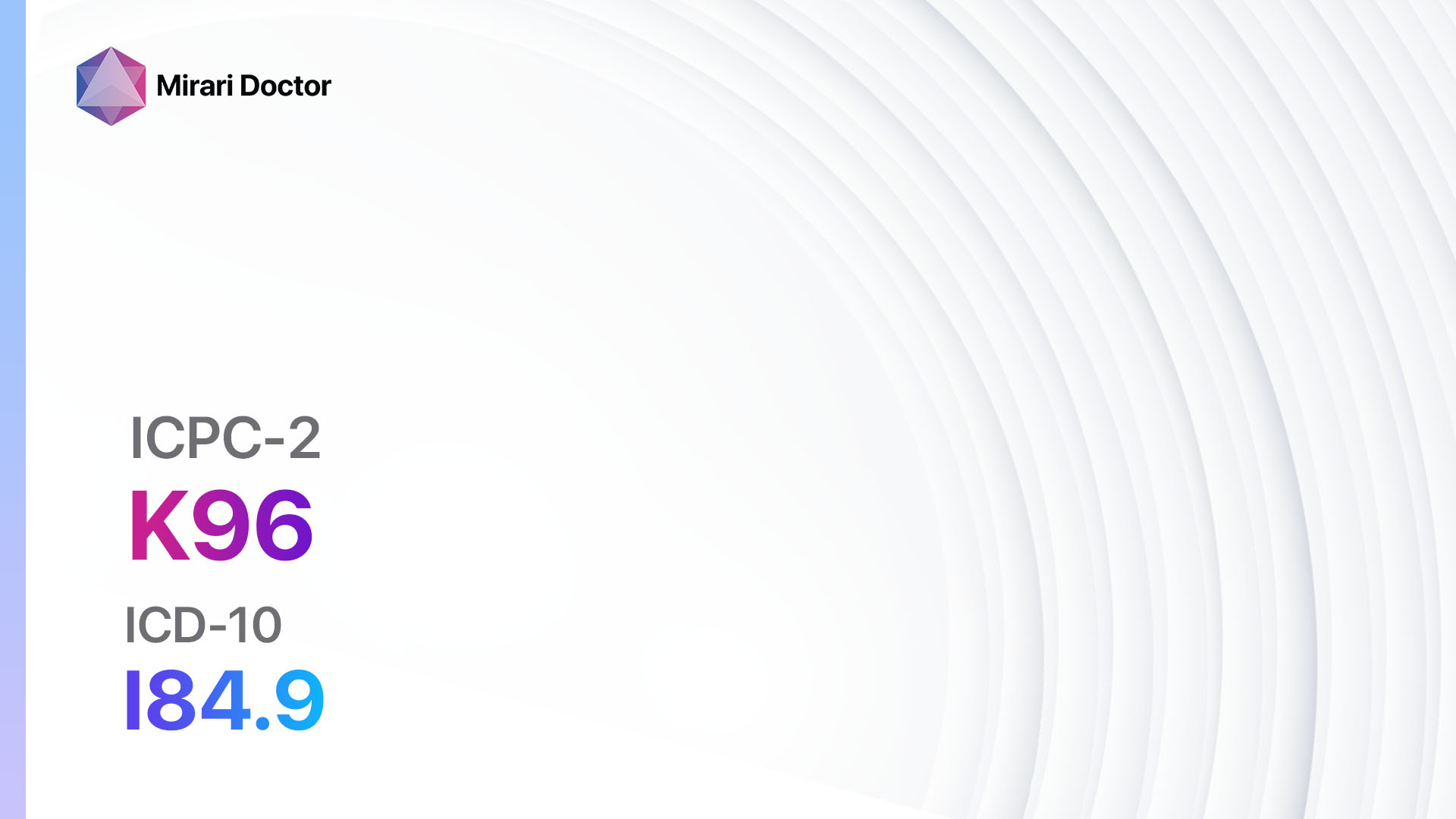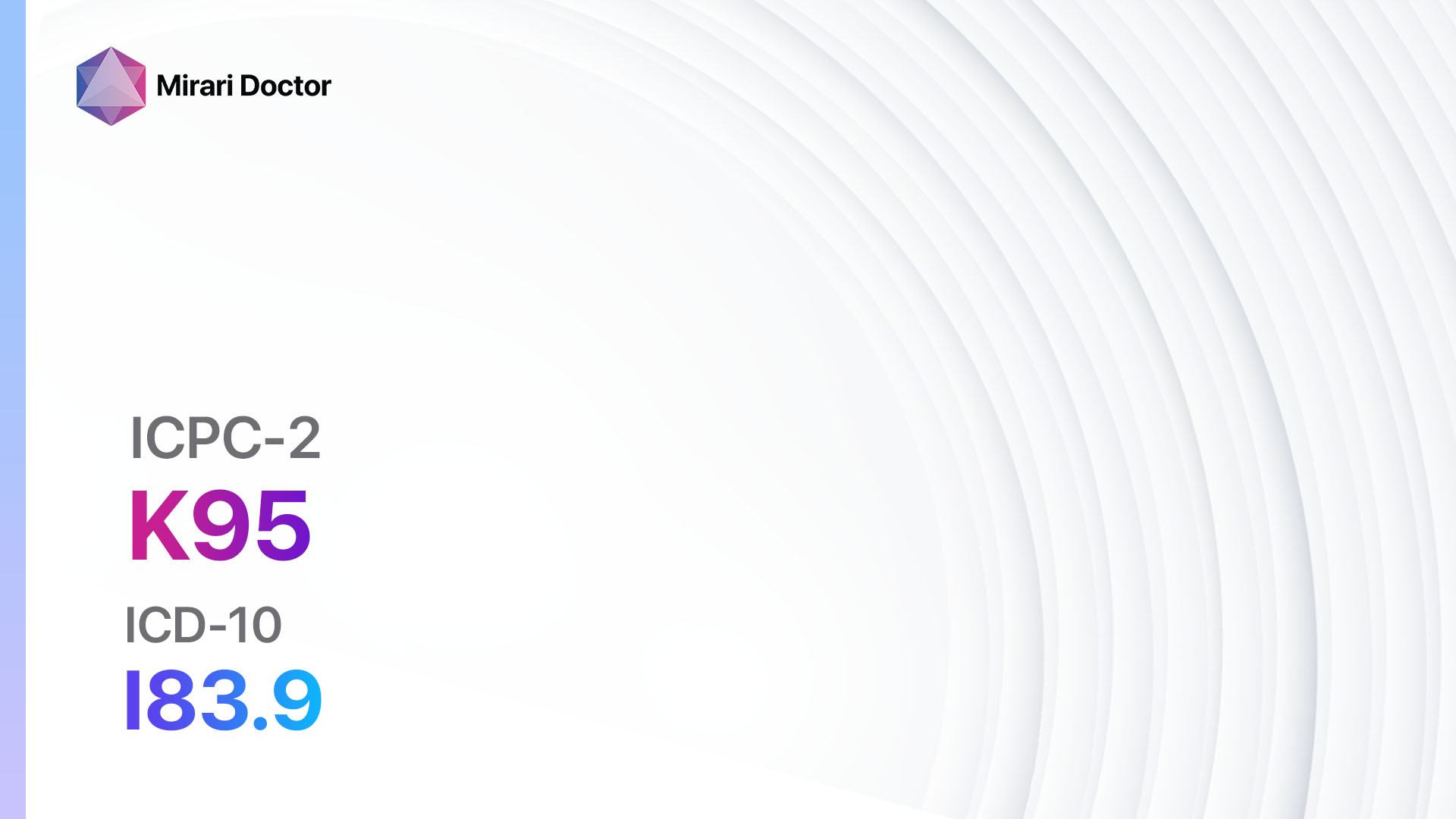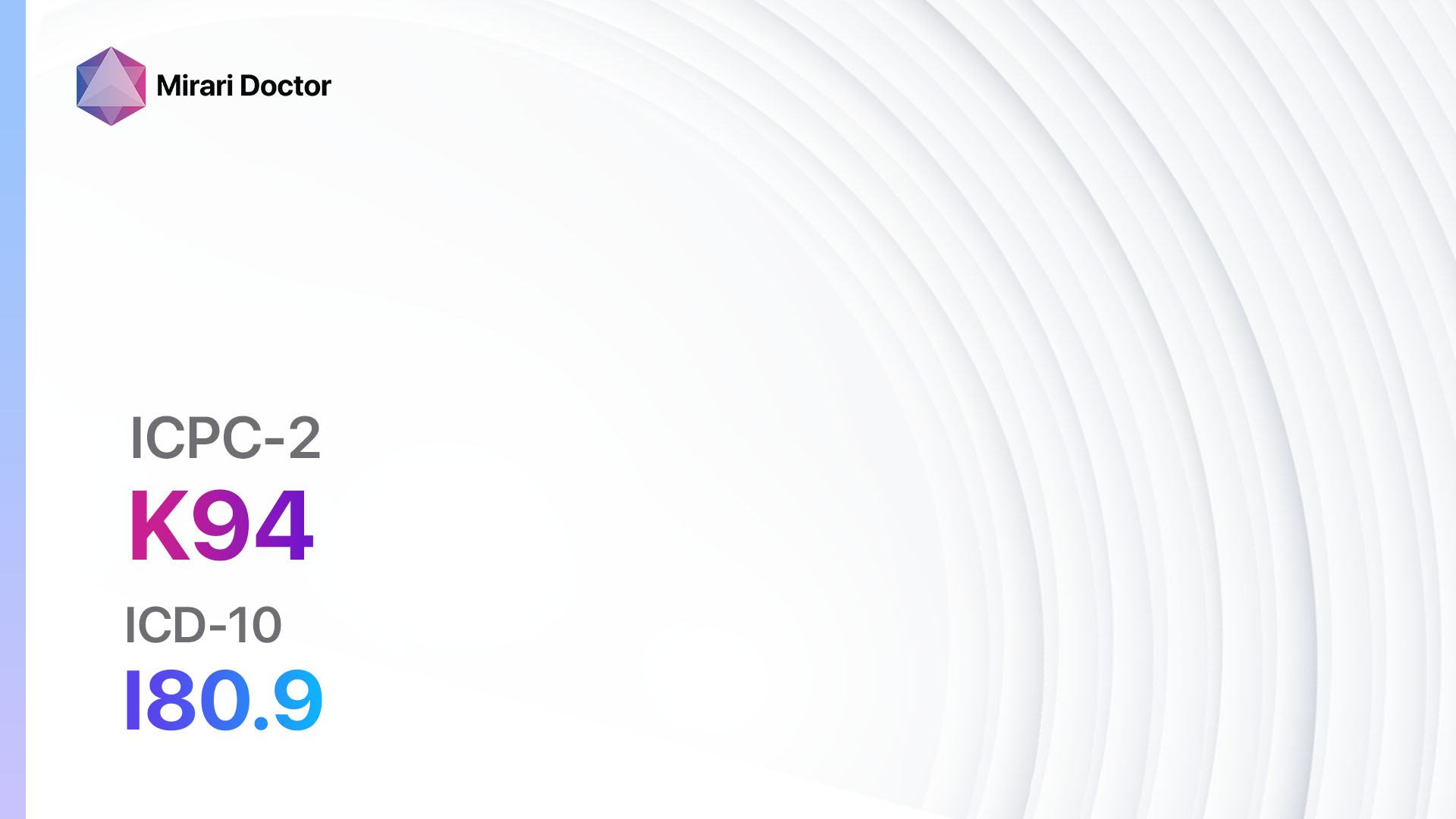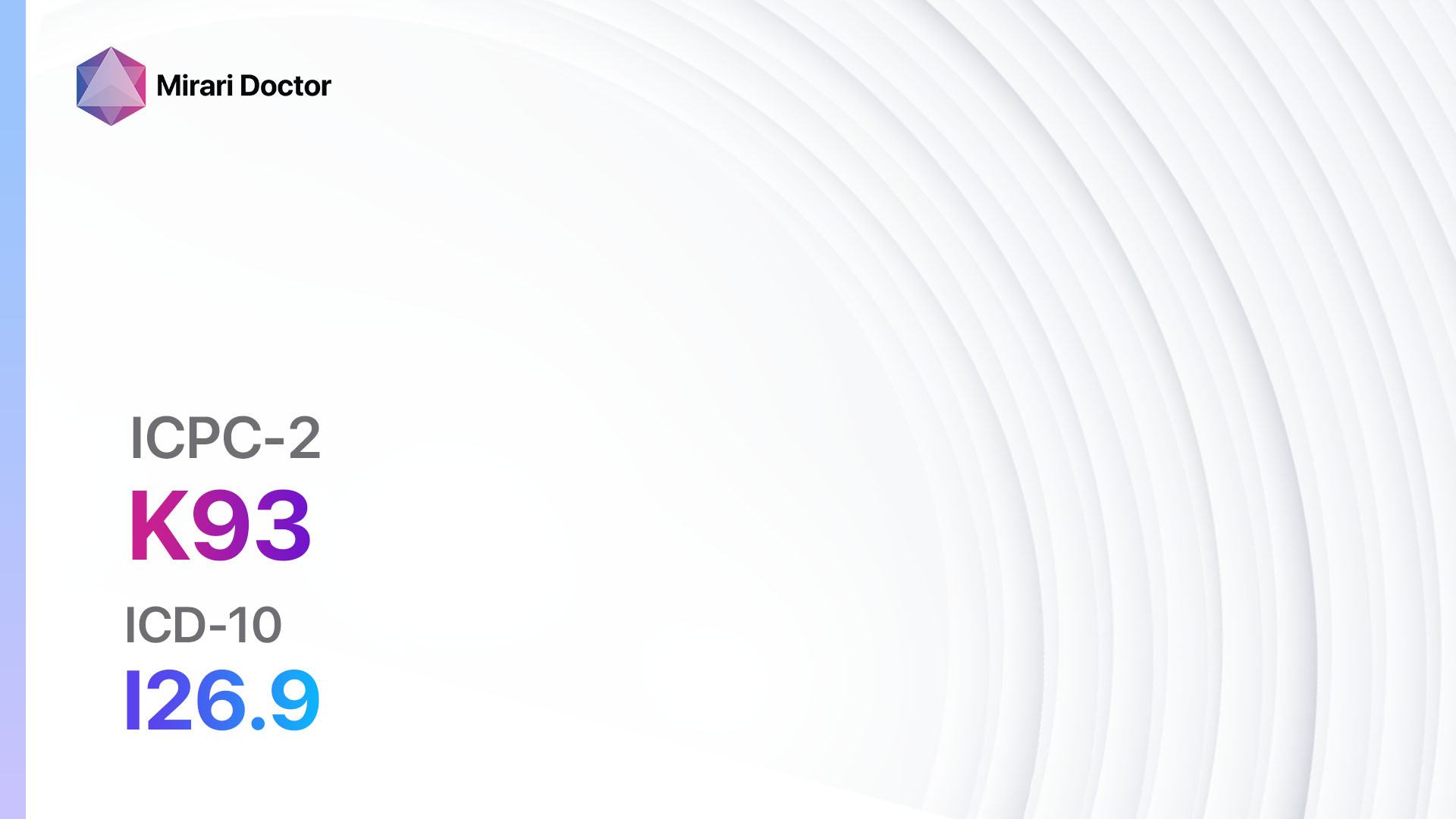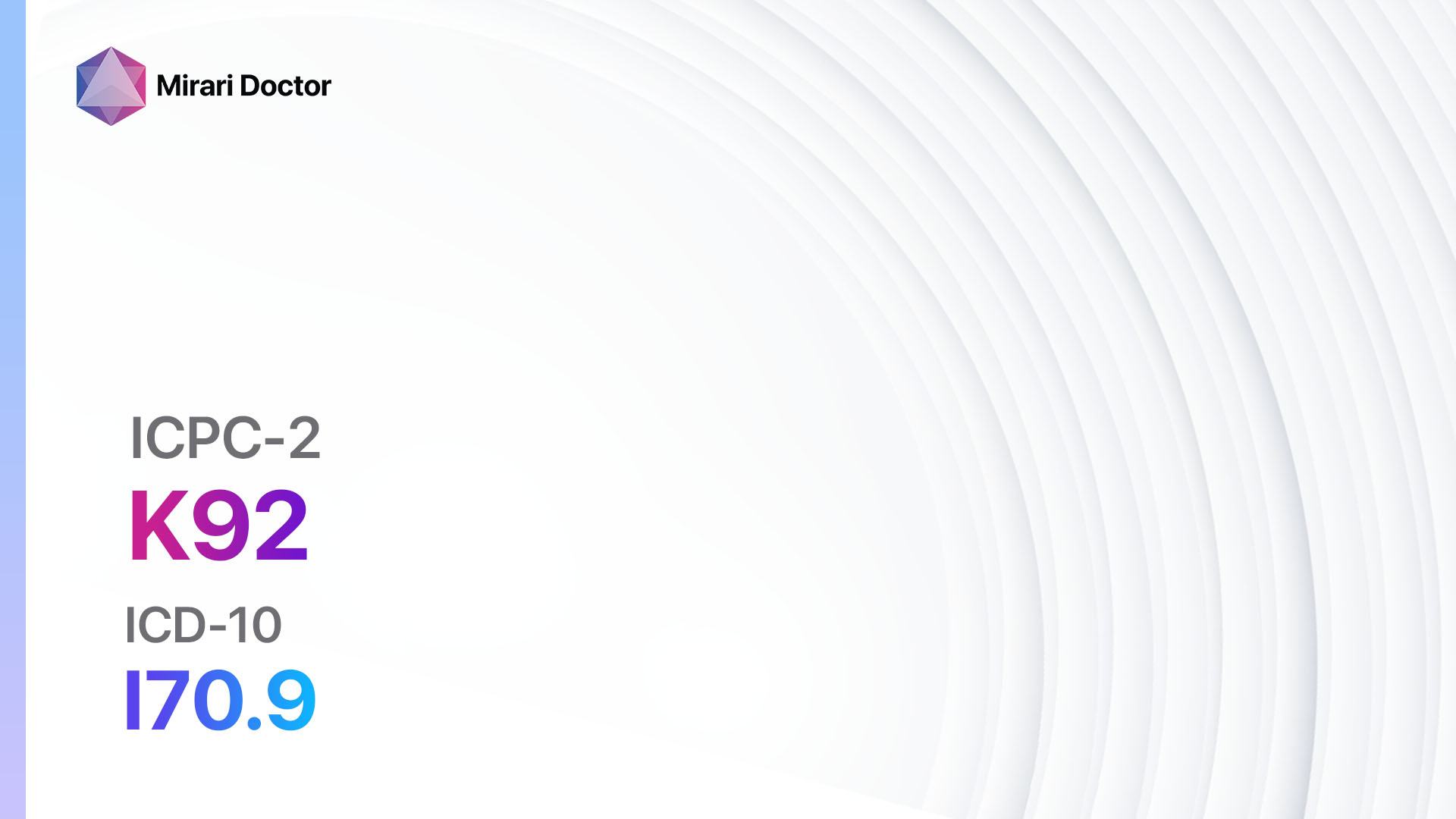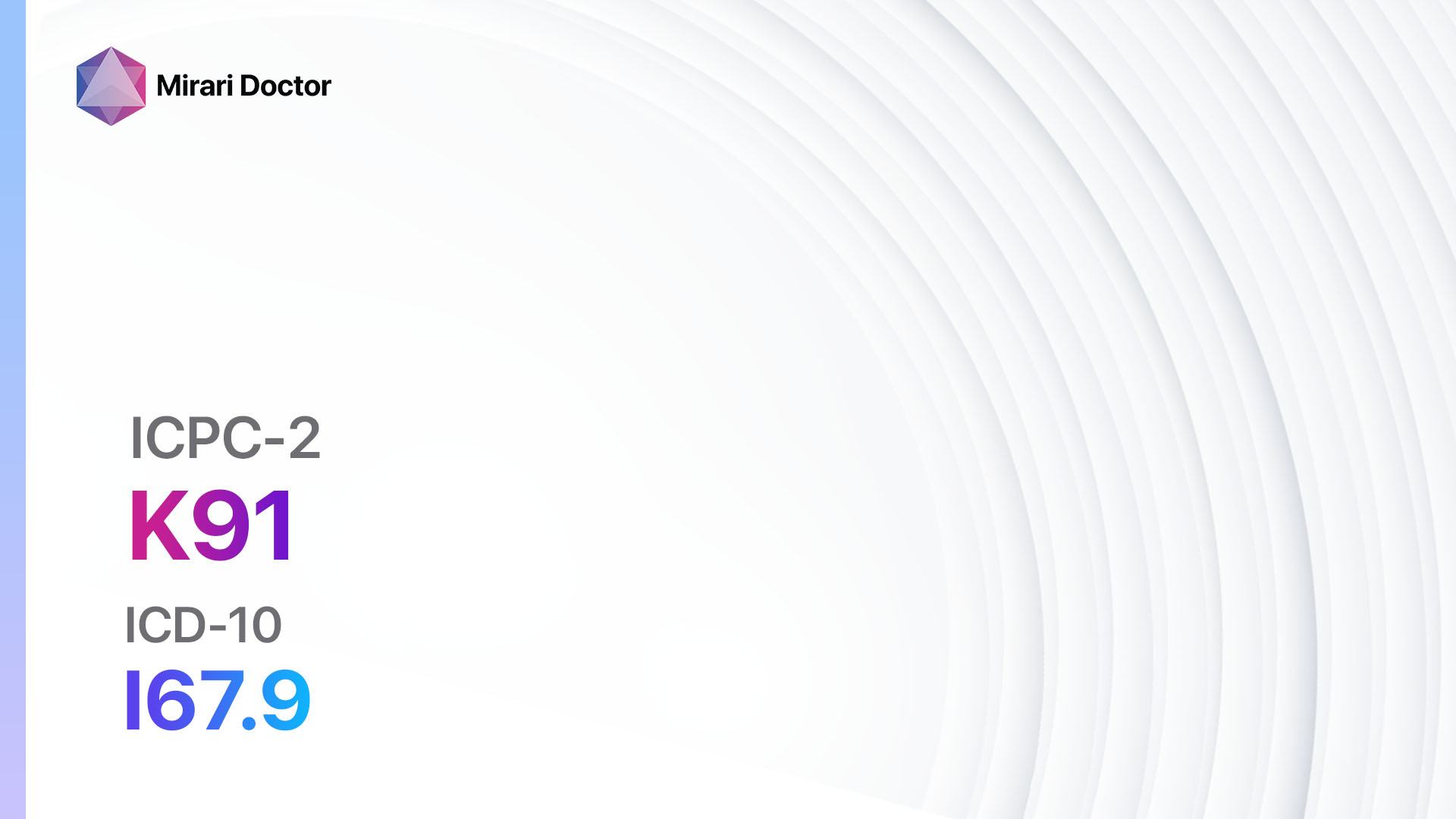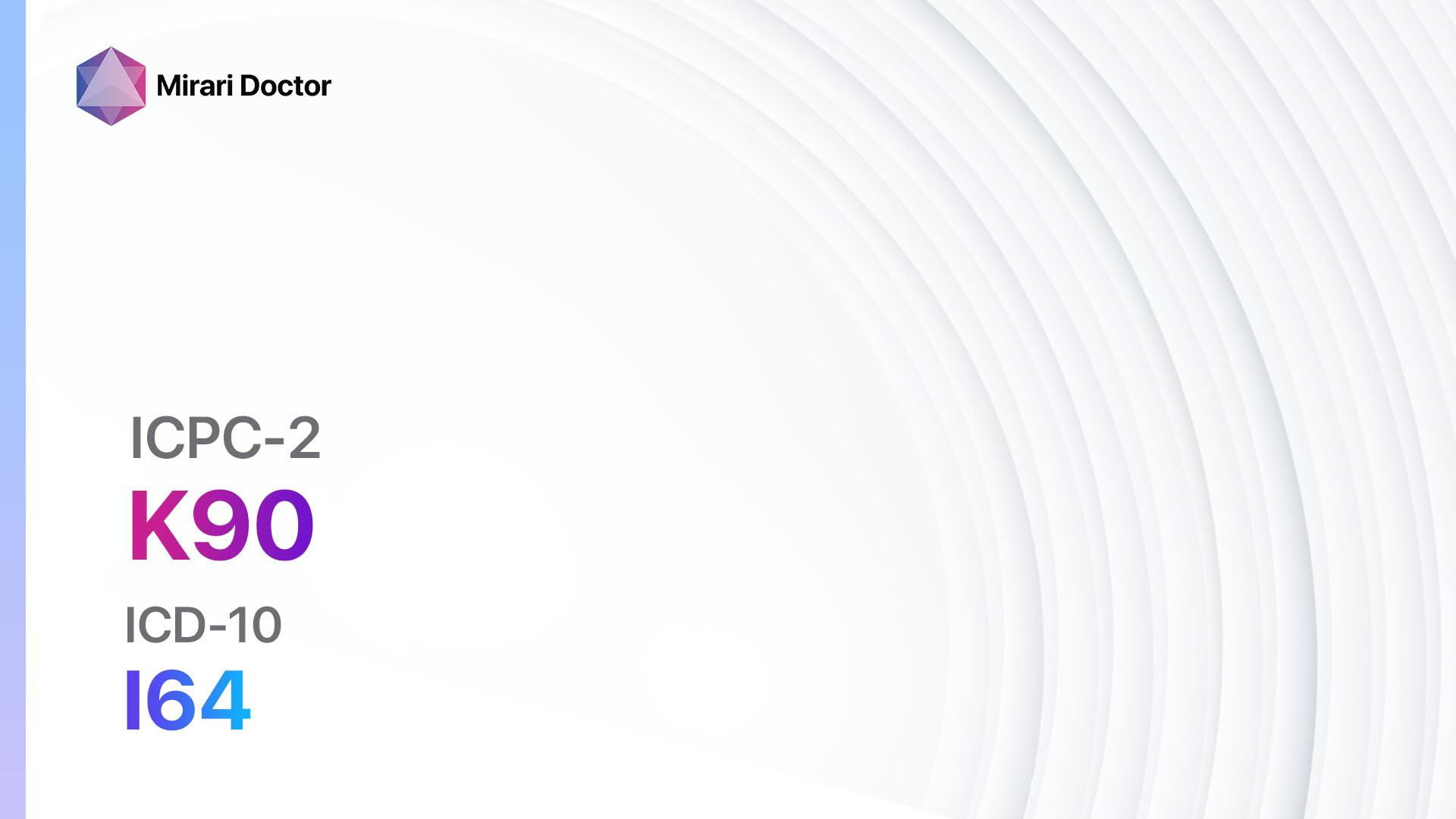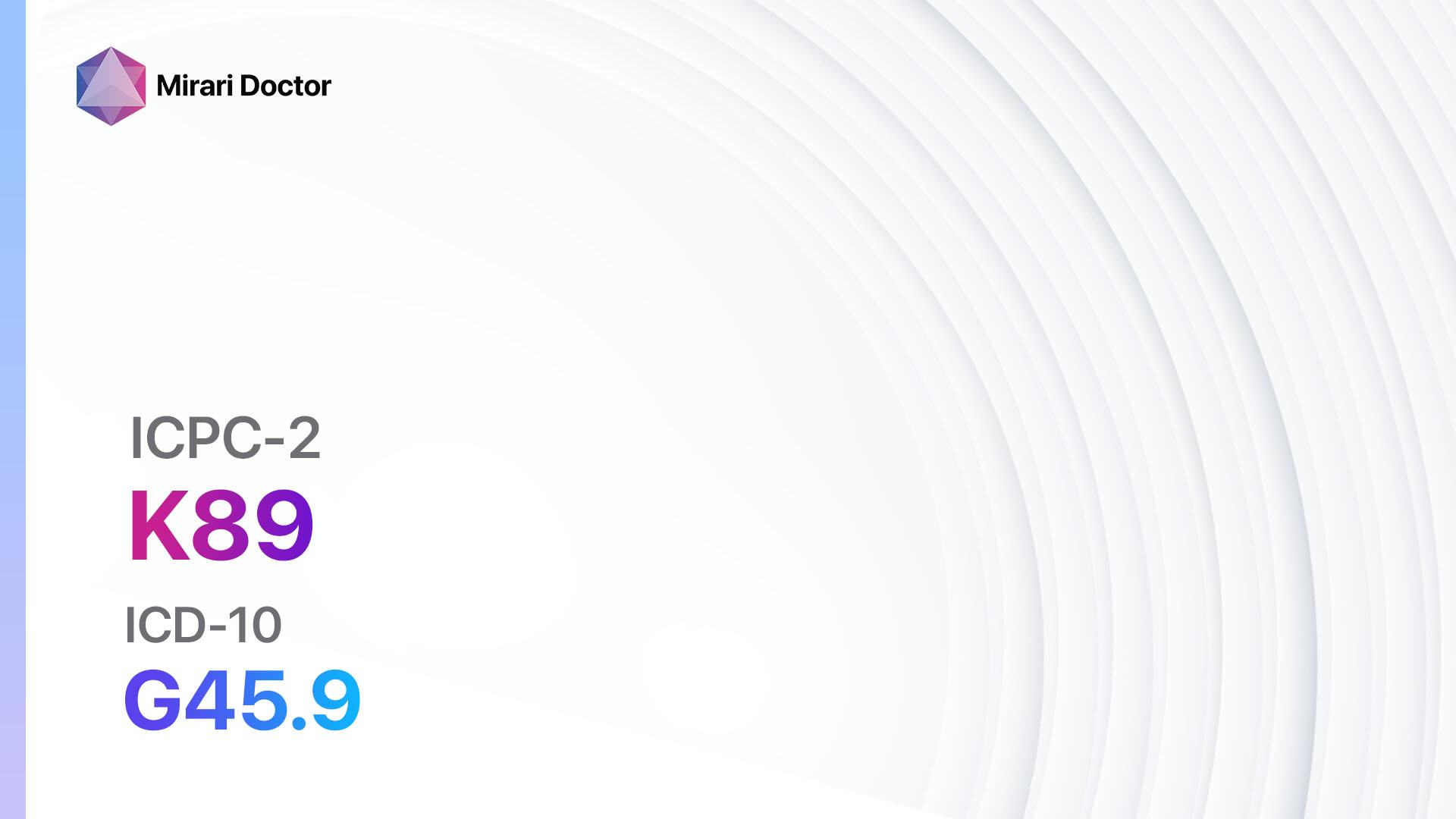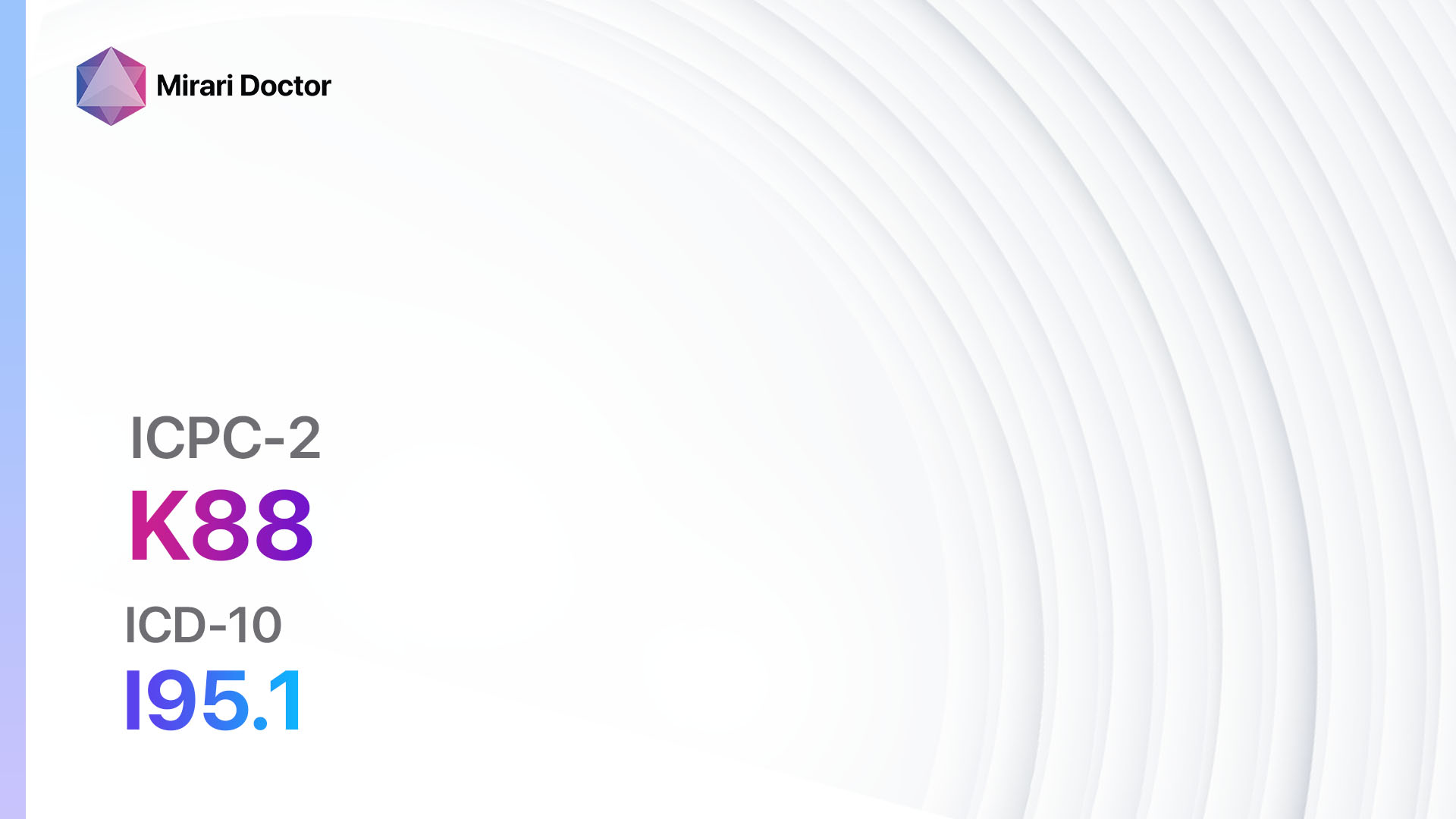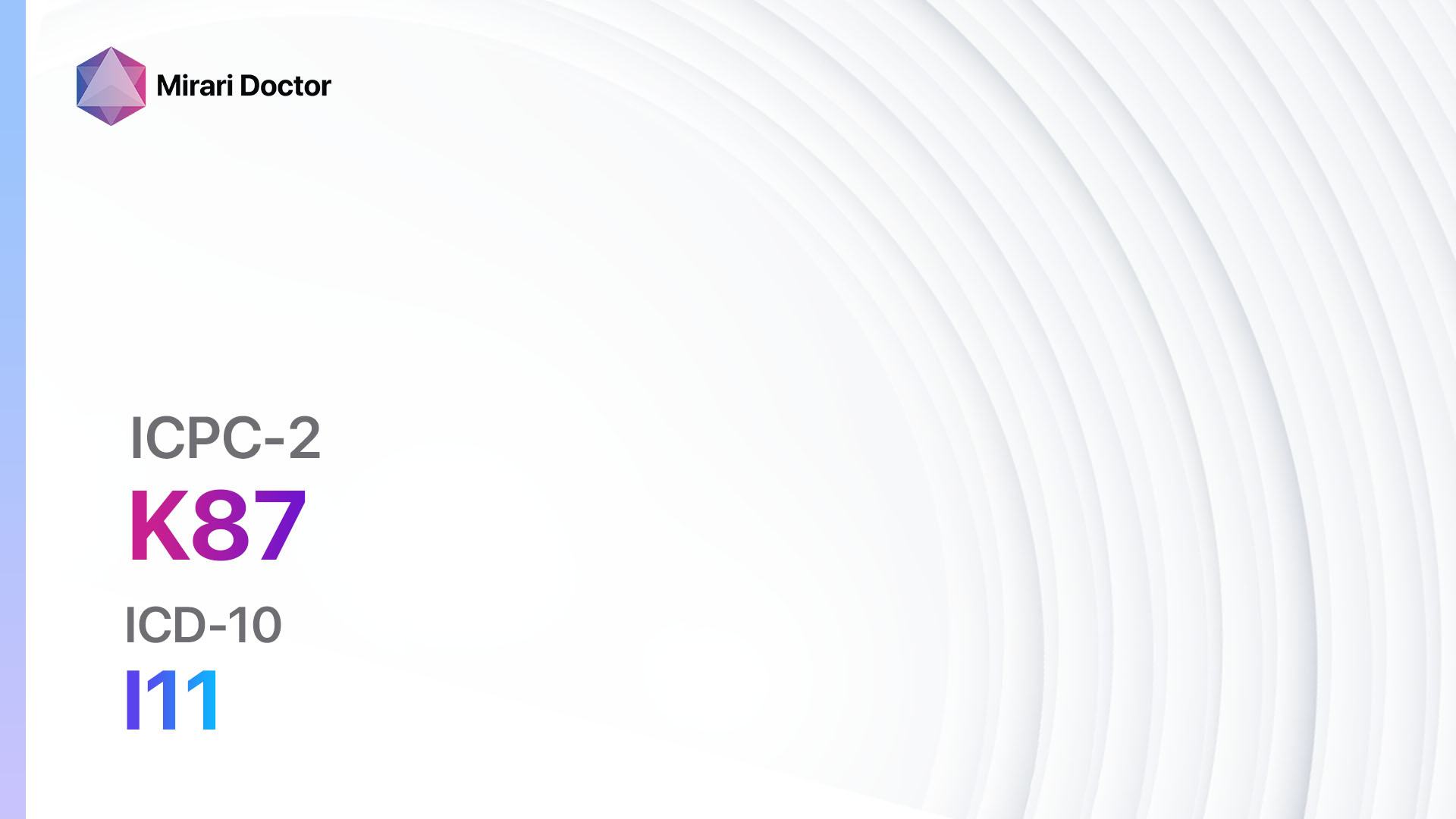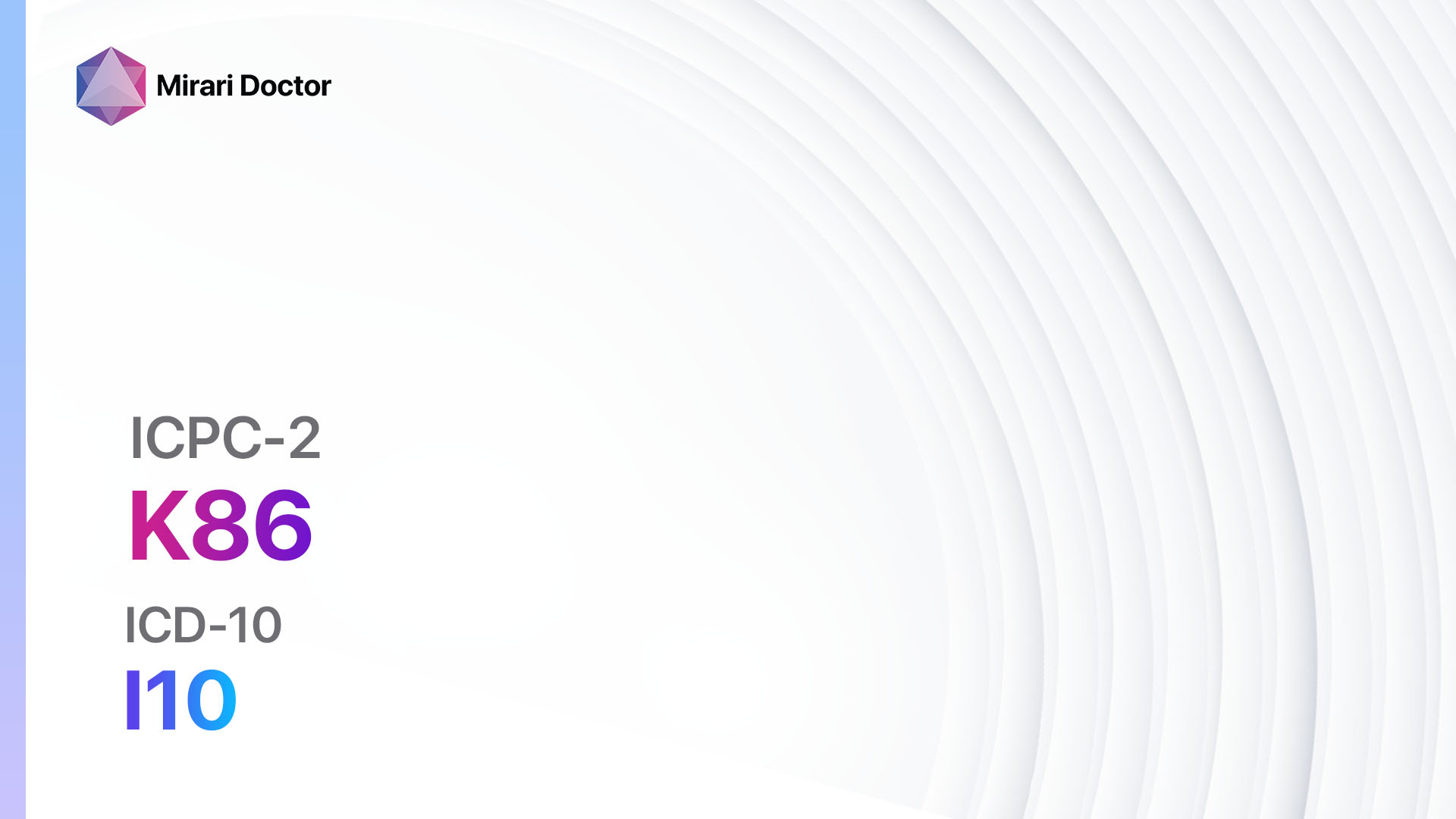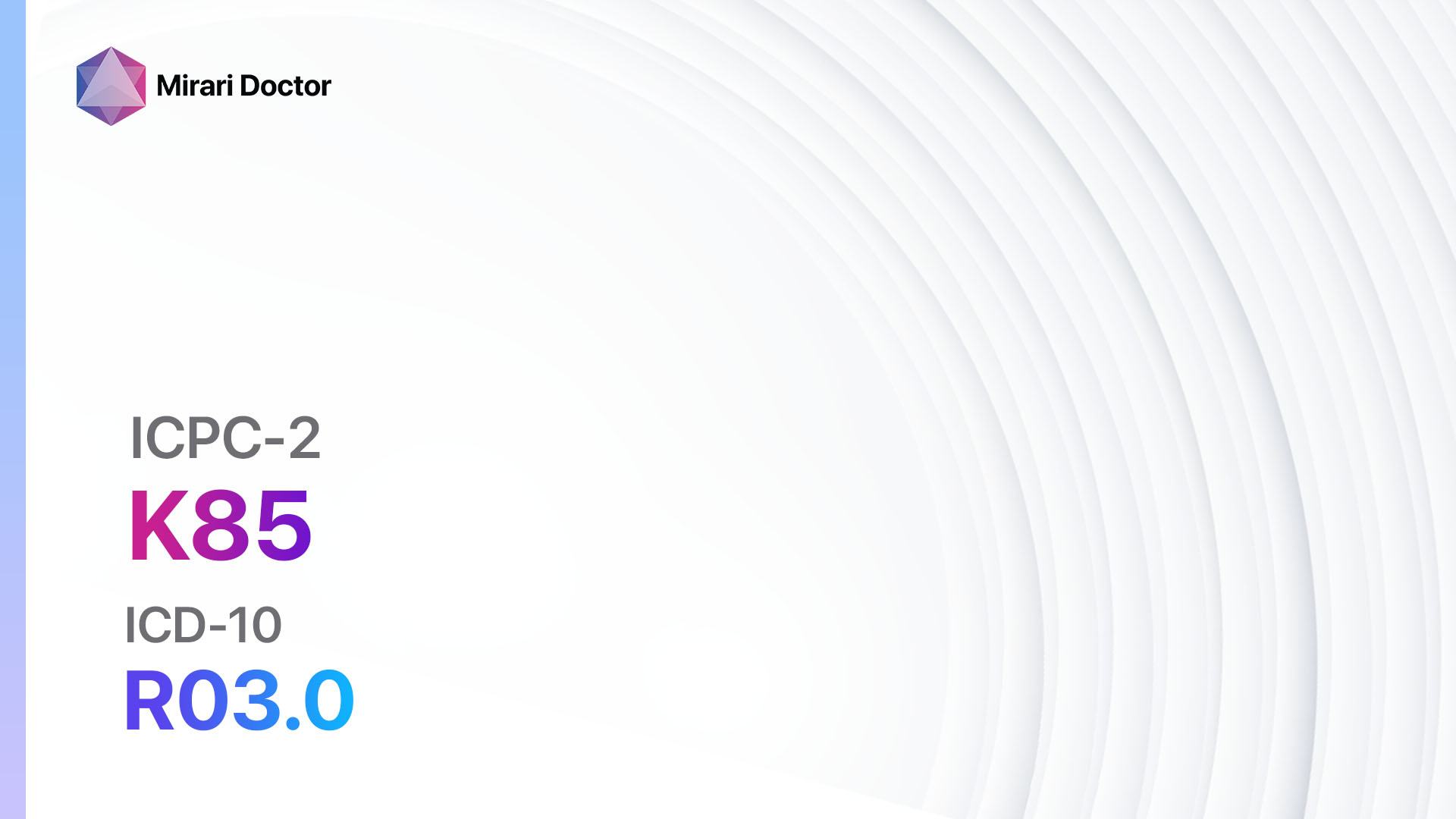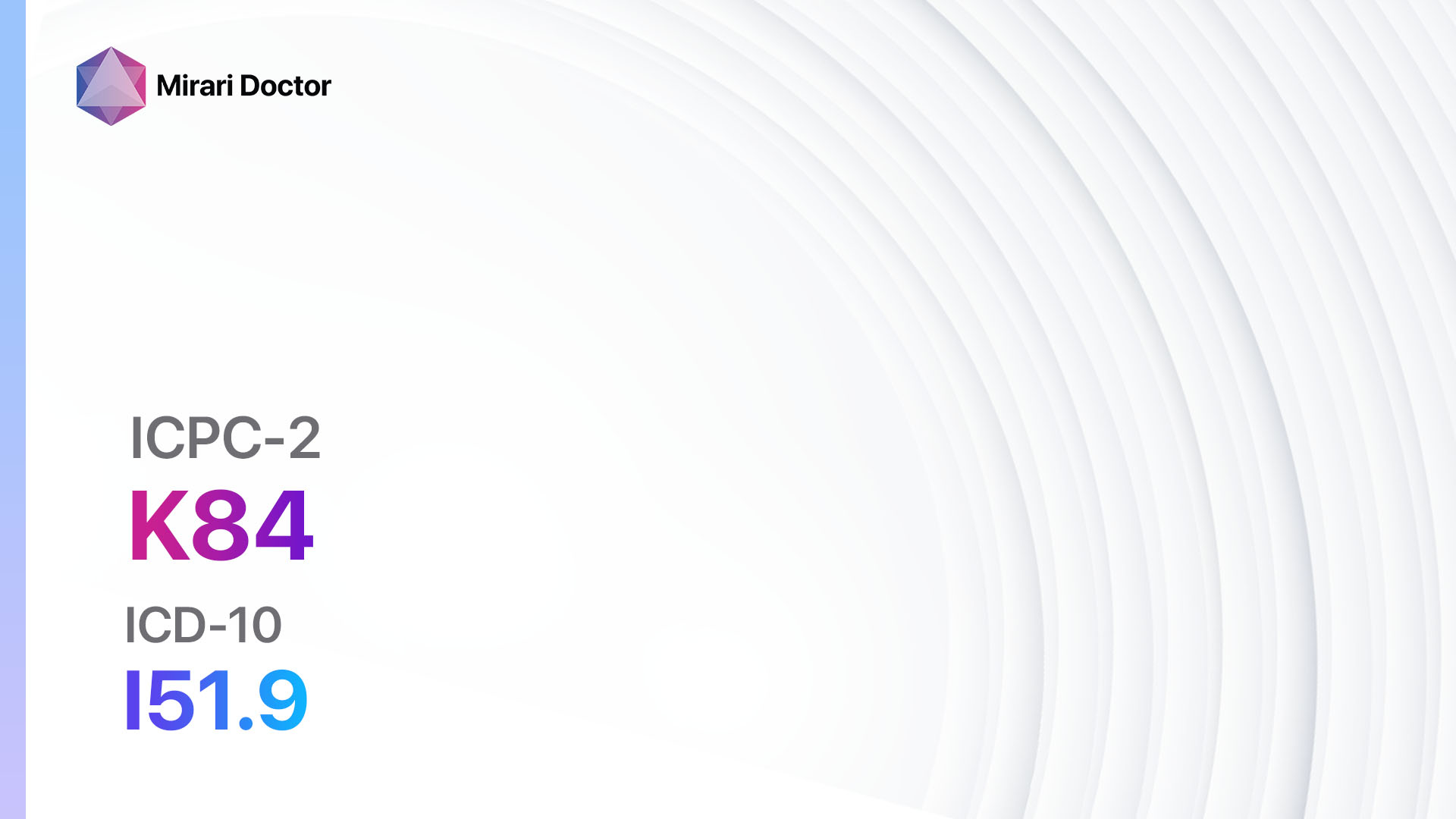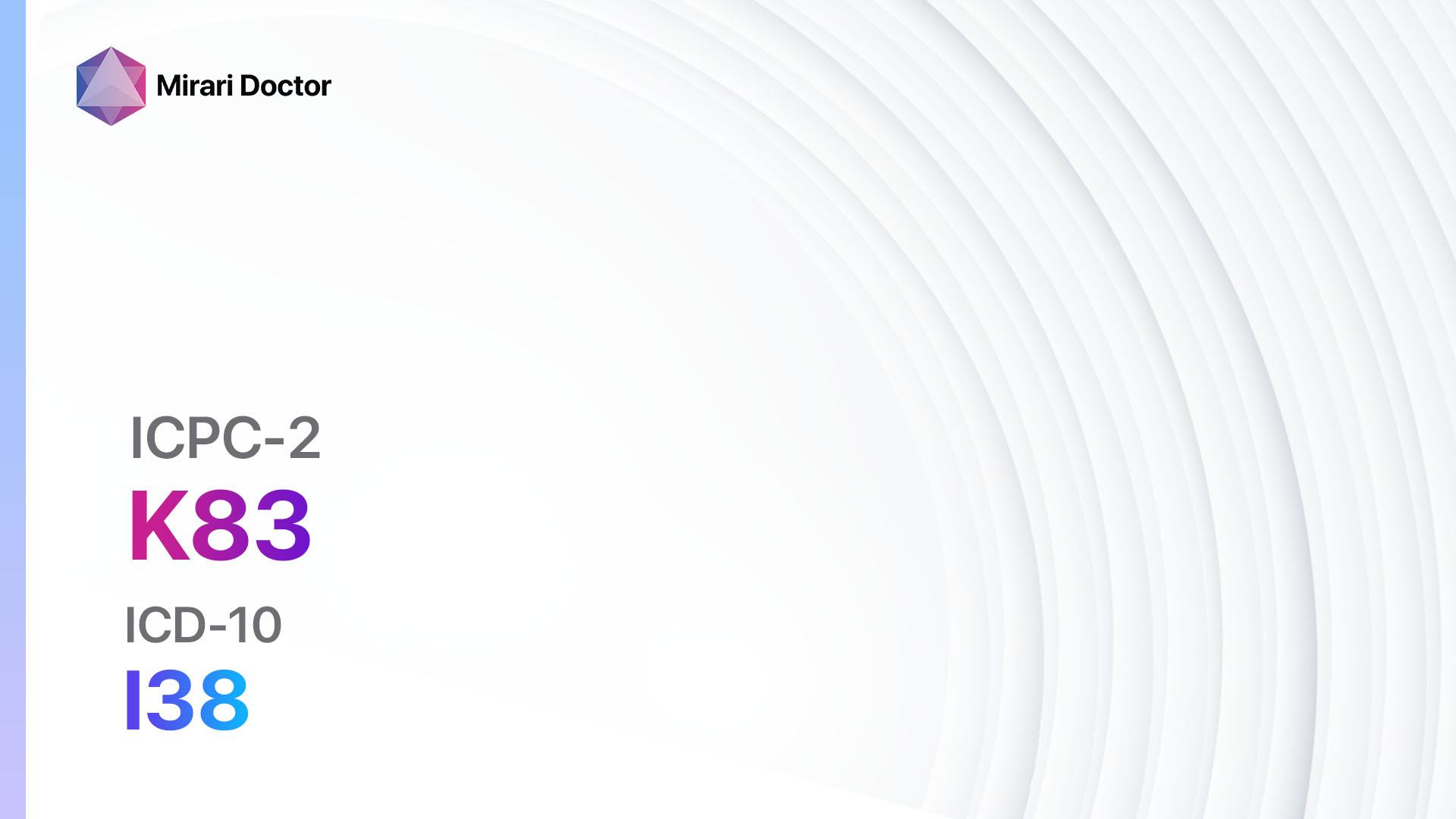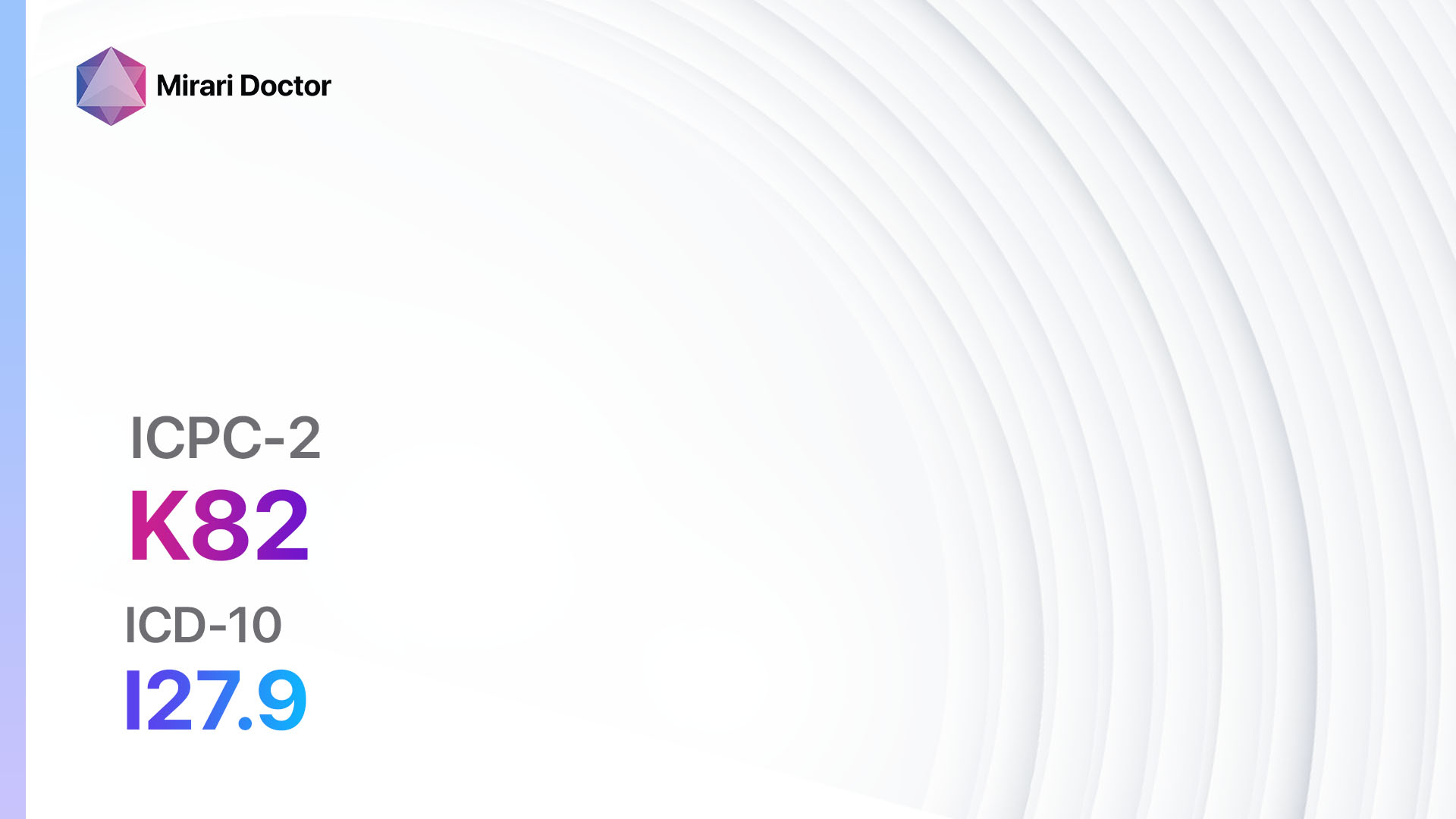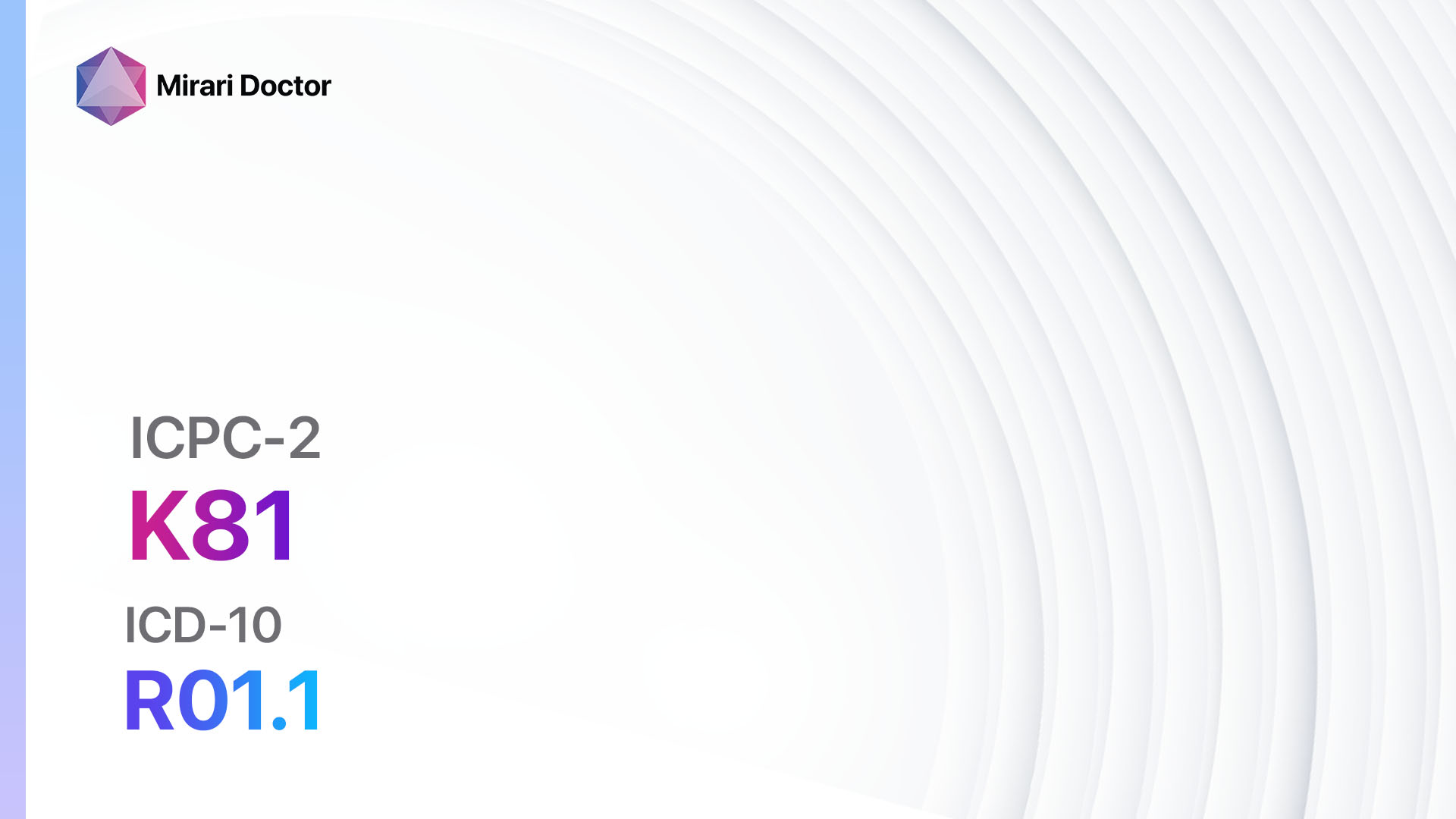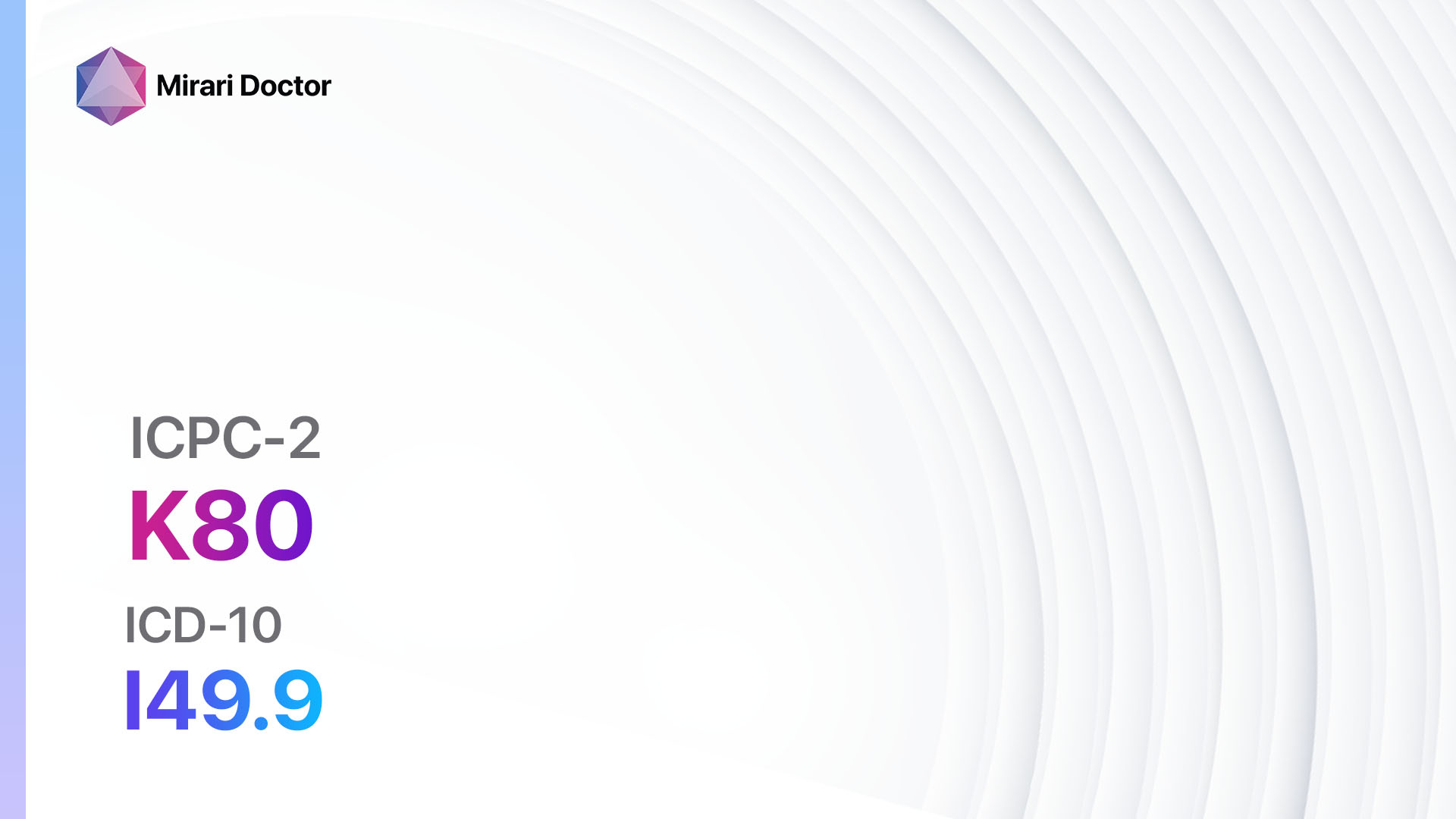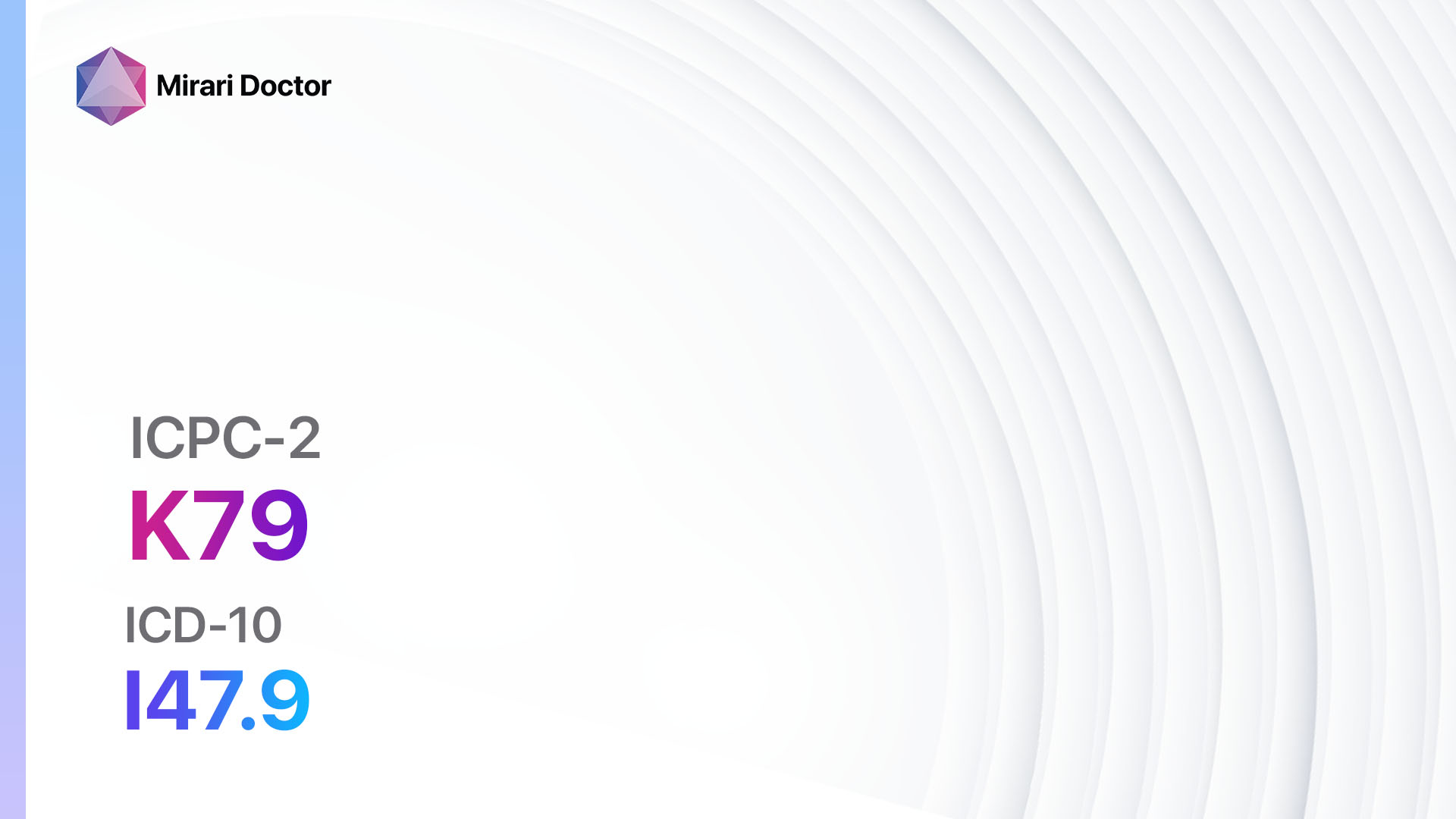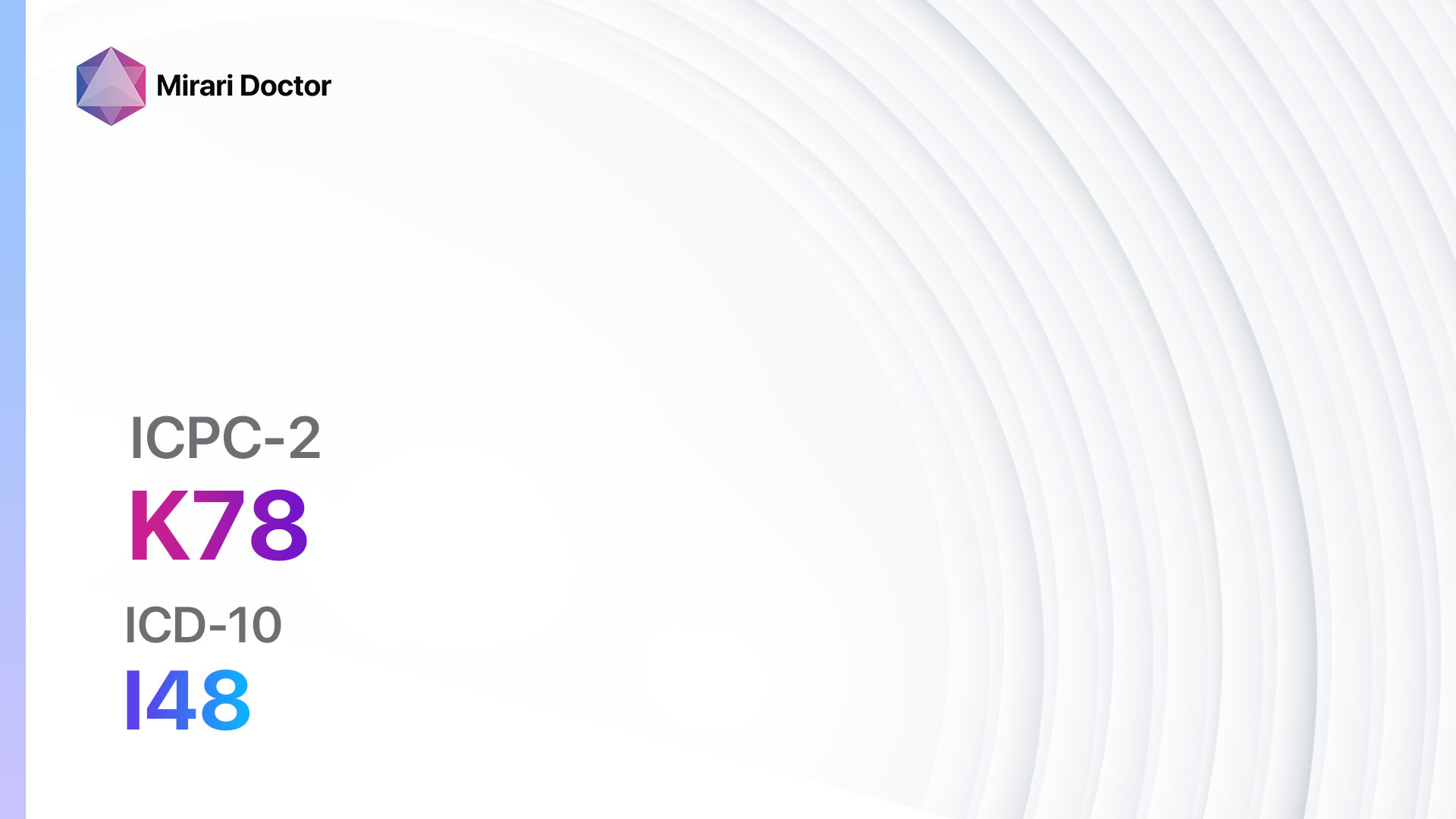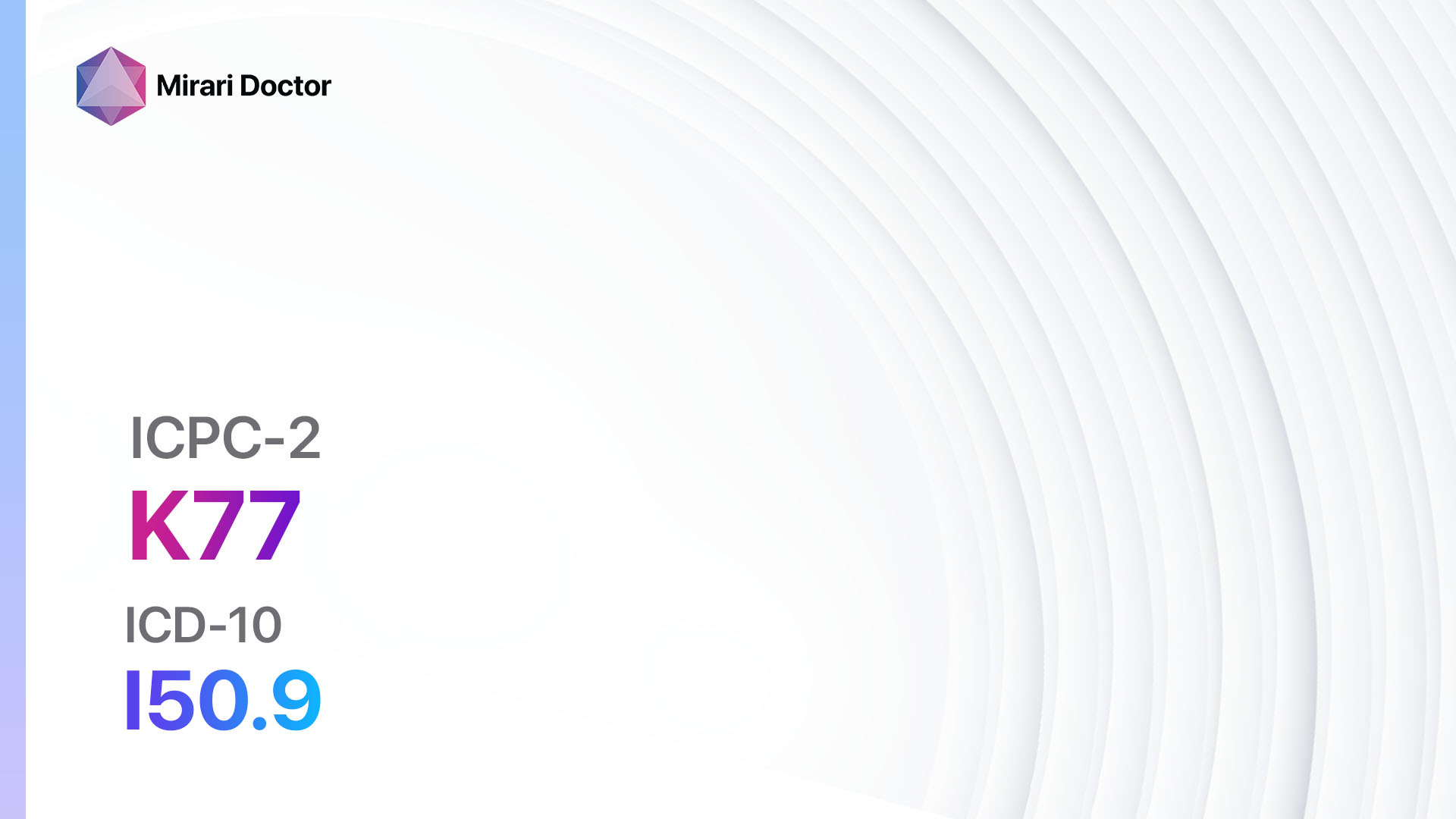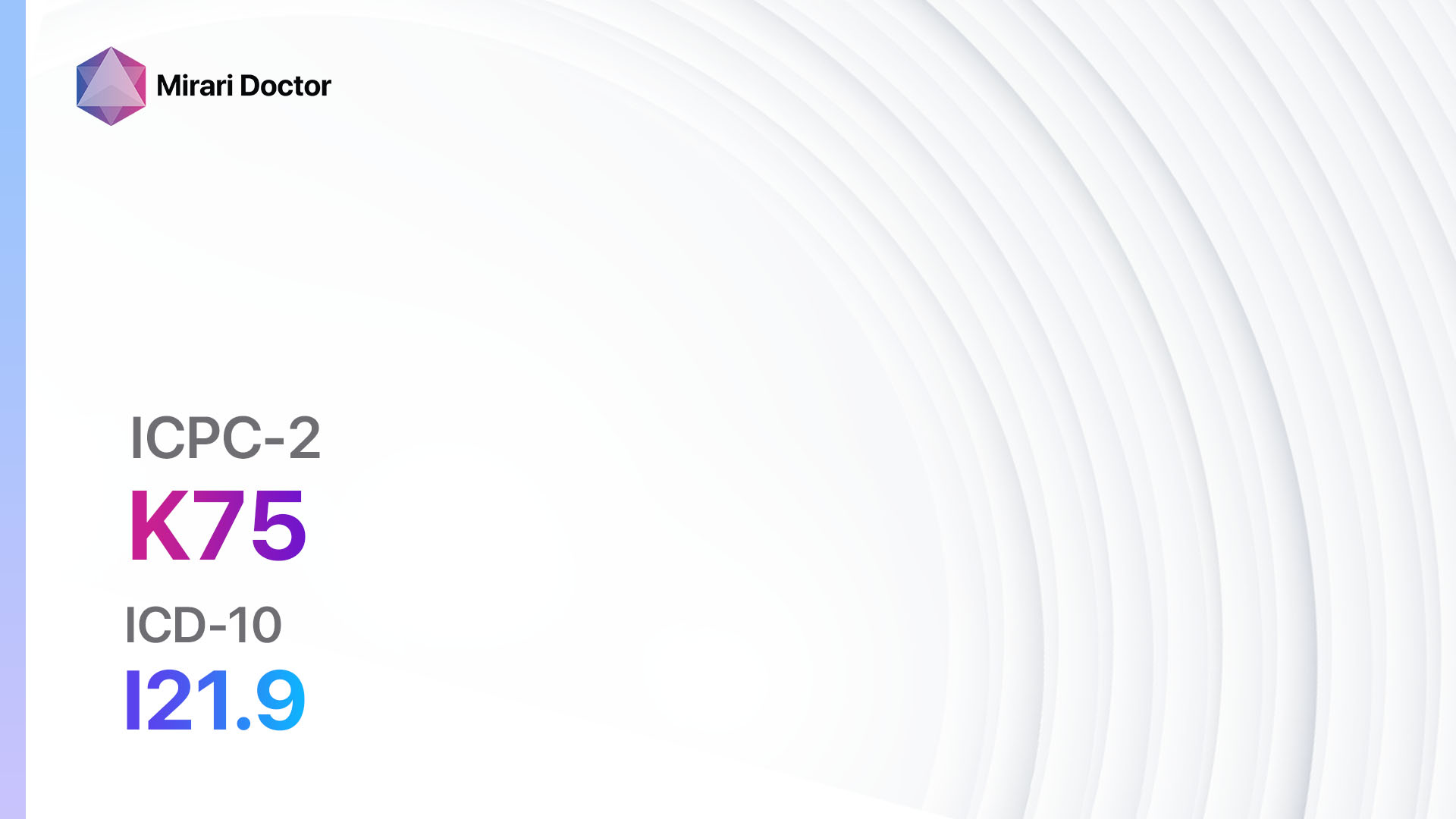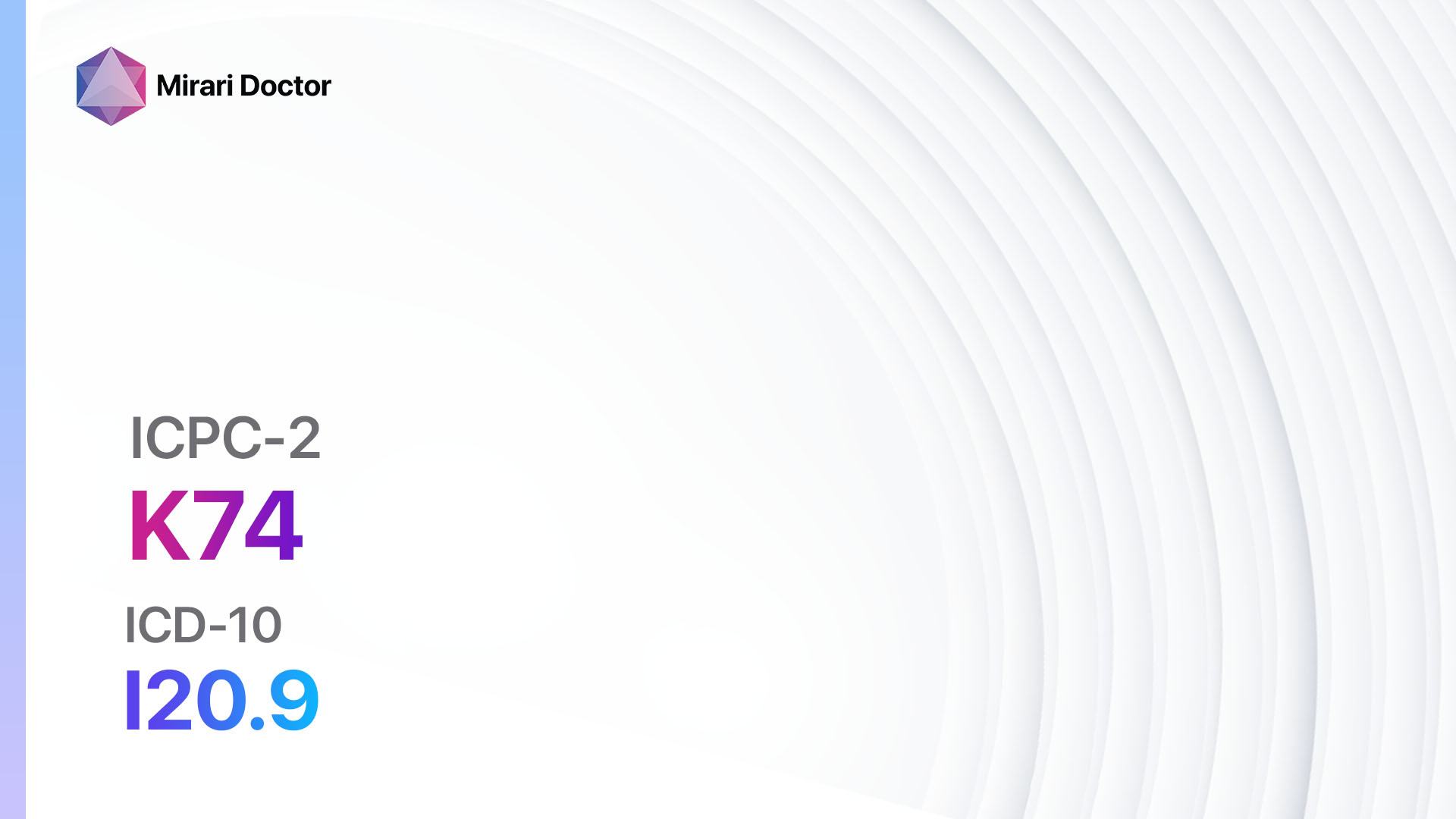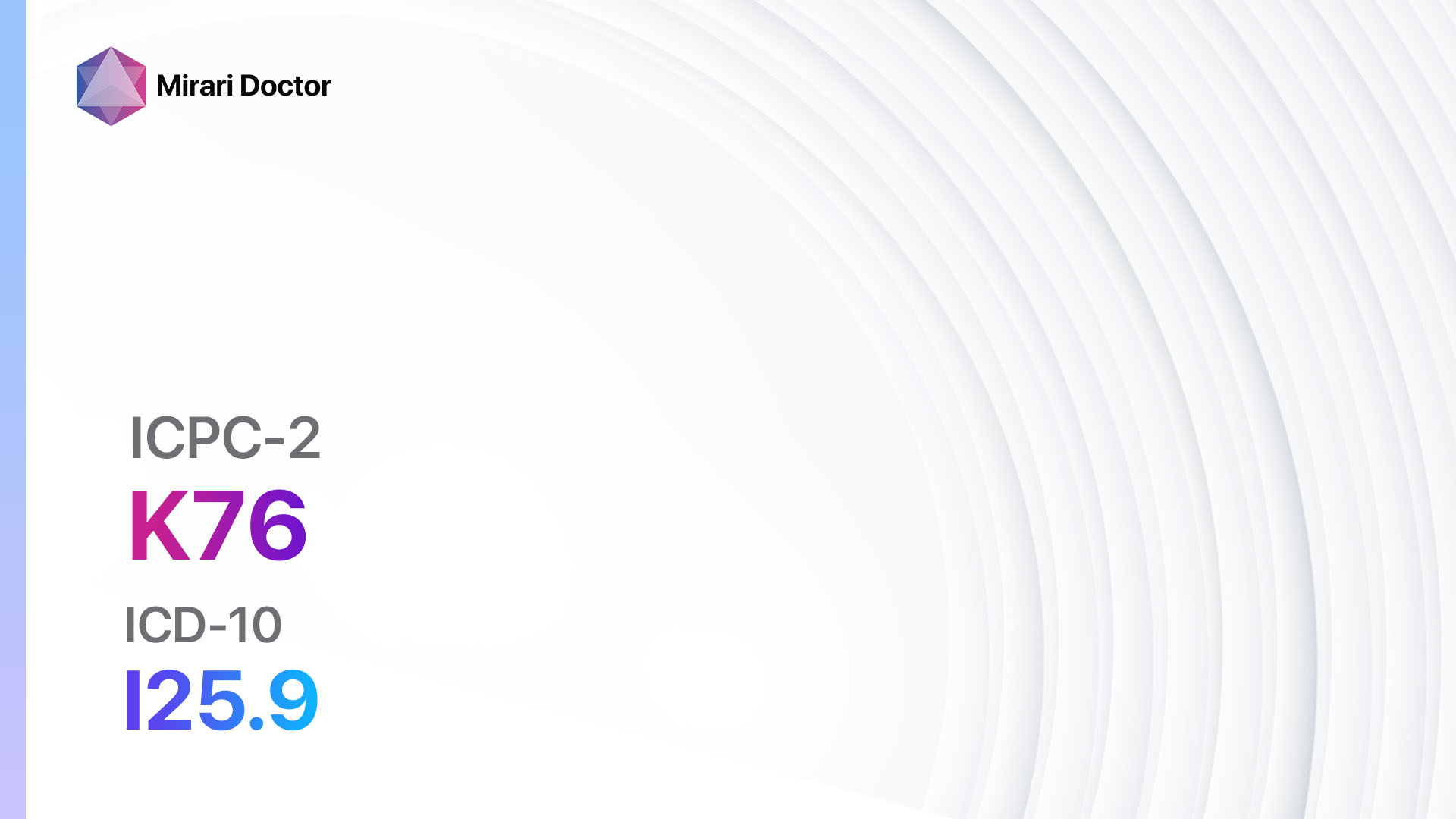
Introduction
Ischaemic heart disease without angina, also known as silent ischaemia, is a condition characterized by reduced blood flow to the heart muscle without the typical chest pain symptoms[1]. It is a significant condition as it can lead to serious complications, such as heart attack or heart failure, if left untreated[2]. The aim of this guide is to provide a comprehensive overview of the diagnosis and management of ischaemic heart disease without angina.
Codes
- ICPC-2 Code: K76 Ischaemic heart disease w/o angina[3]
- ICD-10 Code: I25.9 Chronic ischaemic heart disease, unspecified[4]
Symptoms
- Fatigue: Patients may experience excessive tiredness or lack of energy[5].
- Shortness of breath: Difficulty breathing or feeling breathless, especially during physical activity[6].
- Palpitations: Sensation of irregular or rapid heartbeats[7].
- Dizziness or lightheadedness: Feeling faint or dizzy[8].
- Sweating: Excessive sweating, especially during physical exertion[9].
Causes
- Atherosclerosis: Build-up of plaque in the arteries, leading to narrowing and reduced blood flow[10].
- Coronary artery spasm: Sudden constriction of the coronary arteries, reducing blood flow to the heart.
- Microvascular dysfunction: Dysfunction of the small blood vessels in the heart, leading to reduced blood flow.
Diagnostic Steps
Medical History
- Gather information about the patient’s risk factors, such as smoking, high blood pressure, diabetes, and high cholesterol.
- Assess the patient’s medical conditions, including any history of heart disease, stroke, or peripheral artery disease.
- Inquire about symptoms related to ischaemic heart disease, such as fatigue, shortness of breath, palpitations, dizziness, or sweating.
Physical Examination
- Measure blood pressure to assess for hypertension.
- Check heart rate and rhythm for any abnormalities.
- Listen to the heart sounds for murmurs or other abnormal sounds.
- Examine the extremities for signs of peripheral artery disease, such as weak pulses or cool skin.
Laboratory Tests
- Lipid profile: Measures levels of cholesterol and triglycerides in the blood.
- Fasting blood glucose: Assesses for diabetes or impaired glucose tolerance.
- Complete blood count: Checks for anemia or other blood abnormalities.
- Cardiac biomarkers: Evaluates for evidence of heart muscle damage.
- Thyroid function tests: Rules out thyroid dysfunction as a cause of symptoms.
Diagnostic Imaging
- Electrocardiogram (ECG): Records the electrical activity of the heart to detect any abnormalities.
- Exercise stress test: Evaluates the heart’s response to physical activity, monitoring for changes in ECG and symptoms.
- Echocardiogram: Uses ultrasound to assess the structure and function of the heart.
- Nuclear stress test: Combines an exercise stress test with the injection of a radioactive tracer to evaluate blood flow to the heart.
- Coronary angiography: Invasive procedure that uses dye and X-rays to visualize the coronary arteries and identify any blockages.
Other Tests
- Cardiac CT scan: Provides detailed images of the heart and coronary arteries to assess for blockages.
- Cardiac MRI: Uses magnetic fields and radio waves to create images of the heart, helping to evaluate its structure and function.
- Ambulatory ECG monitoring: Records the heart’s electrical activity over a prolonged period, typically 24-48 hours, to capture any intermittent abnormalities.
Follow-up and Patient Education
- Schedule regular follow-up appointments to monitor the patient’s condition and adjust treatment as necessary.
- Educate the patient about the importance of lifestyle modifications, medication adherence, and regular medical check-ups.
- Provide resources for support groups or counseling services to help the patient cope with the diagnosis and manage their condition effectively.
Possible Interventions
Traditional Interventions
Medications:
Top 5 drugs for Ischaemic heart disease without angina:
- Antiplatelet agents (e.g., Clopidogrel, Aspirin):
- Cost: Aspirin is inexpensive (<$10/month). Clopidogrel is $10-$100/month for generic.
- Contraindications: Active bleeding, peptic ulcer disease.
- Side effects: Upset stomach, bleeding.
- Severe side effects: Severe bleeding, allergic reactions.
- Drug interactions: NSAIDs, other blood thinners.
- Warning: Risk of bleeding.
- Beta-blockers (e.g., Metoprolol, Atenolol):
- Cost: Generic versions are typically <$30/month.
- Contraindications: Severe bradycardia, uncontrolled heart failure.
- Side effects: Fatigue, dizziness, bradycardia.
- Severe side effects: Bronchospasm, heart block.
- Drug interactions: Calcium channel blockers, insulin.
- Warning: Should not be abruptly stopped.
- Calcium channel blockers (e.g., Amlodipine, Diltiazem):
- Cost: Generic versions can be $10-$50/month.
- Contraindications: Severe hypotension, heart failure.
- Side effects: Headache, dizziness, peripheral edema.
- Severe side effects: Heart block, exacerbation of heart failure.
- Drug interactions: Beta-blockers, grapefruit juice.
- Warning: Monitoring of blood pressure and heart rate is required.
- ACE inhibitors (e.g., Ramipril, Lisinopril):
- Cost: Generics can be $10-$50/month.
- Contraindications: History of angioedema with ACE inhibitors, renal artery stenosis.
- Side effects: Cough, elevated blood urea nitrogen.
- Severe side effects: Angioedema, hyperkalemia.
- Drug interactions: Potassium supplements, NSAIDs.
- Warning: Monitoring of renal function and potassium is required.
- Statins (e.g., Atorvastatin, Simvastatin, Rosuvastatin):
- Cost: Generic versions can be $3-$50/month.
- Contraindications: Active liver disease, hypersensitivity.
- Side effects: Muscle pain, diarrhea, upset stomach.
- Severe side effects: Rhabdomyolysis, liver damage.
- Drug interactions: Grapefruit juice, other cholesterol-lowering agents.
- Warning: Regular liver function tests required.
Alternative Drugs:
- Nitrates: Used to relieve chest pain and improve blood flow to the heart.
- Ranolazine: Helps reduce angina symptoms by improving blood flow and reducing oxygen demand.
- Ivabradine: Slows the heart rate to reduce symptoms and improve blood flow.
Surgical Procedures:
- Angioplasty and stent placement: A catheter is used to place a stent to open up narrowed arteries. Cost: $15,000 to $50,000.
- Coronary artery bypass surgery (CABG): Redirects blood around blocked or narrowed coronary arteries. Cost: $70,000 to $200,000.
Alternative Interventions
- Acupuncture: May help improve blood flow and reduce pain. Cost: $60-$120 per session.
- Chelation therapy: Controversial treatment involving the administration of chelating agents to remove heavy metals from the body. Cost: $75-$150 per session.
- Hyperbaric oxygen therapy: Involves breathing pure oxygen in a pressurized chamber to increase oxygen delivery to tissues. Cost: $200-$300 per session.
- Herbal supplements: Some herbs, such as garlic and ginkgo biloba, may have potential benefits for improving circulation. Cost: Varies depending on the specific supplement.
Lifestyle Interventions
- Regular exercise: Engaging in moderate-intensity aerobic exercise for at least 150 minutes per week can improve cardiovascular health. Cost: Varies depending on the chosen activity (e.g., gym membership, equipment).
- Healthy diet: Adopting a diet rich in fruits, vegetables, whole grains, lean proteins, and healthy fats can help reduce the risk of heart disease. Cost: Varies depending on food choices and dietary preferences.
- Smoking cessation: Quitting smoking is crucial for improving heart health. Cost: Varies depending on the chosen smoking cessation method (e.g., nicotine replacement therapy, medications, counseling).
- Stress management: Techniques such as meditation, deep breathing exercises, and yoga can help reduce stress and improve overall well-being. Cost: Varies depending on the chosen method (e.g., self-guided, classes).
- Weight management: Achieving and maintaining a healthy weight can reduce the strain on the heart. Cost: Varies depending on the chosen weight loss method (e.g., diet programs, gym membership).
It is important to note that the cost ranges provided are approximate and may vary depending on the location and availability of the interventions.
Mirari Cold Plasma Alternative Intervention
Understanding Mirari Cold Plasma
- Safe and Non-Invasive Treatment: Mirari Cold Plasma is a safe and non-invasive treatment option for various skin conditions. It does not require incisions, minimizing the risk of scarring, bleeding, or tissue damage.
- Efficient Extraction of Foreign Bodies: Mirari Cold Plasma facilitates the removal of foreign bodies from the skin by degrading and dissociating organic matter, allowing easier access and extraction.
- Pain Reduction and Comfort: Mirari Cold Plasma has a local analgesic effect, providing pain relief during the treatment, making it more comfortable for the patient.
- Reduced Risk of Infection: Mirari Cold Plasma has antimicrobial properties, effectively killing bacteria and reducing the risk of infection.
- Accelerated Healing and Minimal Scarring: Mirari Cold Plasma stimulates wound healing and tissue regeneration, reducing healing time and minimizing the formation of scars.
Mirari Cold Plasma Prescription
Video instructions for using Mirari Cold Plasma Device – K76 Ischaemic heart disease w/o angina (ICD-10:I25.9)
| Mild | Moderate | Severe |
| Mode setting: 1 (Infection) Location: 5 (Lungs) Morning: 15 minutes, Evening: 15 minutes | Mode setting: 1 (Infection) Location: 5 (Lungs) Morning: 30 minutes, Lunch: 30 minutes, Evening: 30 minutes | Mode setting: 1 (Infection) Location: 5 (Lungs) Morning: 30 minutes, Lunch: 30 minutes, Evening: 30 minutes |
| Mode setting: 2 (Wound Healing) Location: 5 (Lungs) Morning: 15 minutes, Evening: 15 minutes | Mode setting: 2 (Wound Healing) Location: 5 (Lungs) Morning: 30 minutes, Lunch: 30 minutes, Evening: 30 minutes | Mode setting: 2 (Wound Healing) Location: 5 (Lungs) Morning: 30 minutes, Lunch: 30 minutes, Evening: 30 minutes |
| Mode setting: 7 (Immunotherapy) Location: 1 (Sacrum) Morning: 15 minutes, Evening: 15 minutes | Mode setting: 7 (Immunotherapy) Location: 1 (Sacrum) Morning: 30 minutes, Lunch: 30 minutes, Evening: 30 minutes | Mode setting: 7 (Immunotherapy) Location: 1 (Sacrum) Morning: 30 minutes, Lunch: 30 minutes, Evening: 30 minutes |
| Mode setting:7 (Immunotherapy) Location:4 (Heart, Bile & Pancreas) Morning: 15 minutes, Evening: 15 minutes | Mode setting:7 (Immunotherapy) Location:4 (Heart, Bile & Pancreas) Morning: 30 minutes, Lunch: 30 minutes, Evening: 30 minutes | Mode setting:7 (Immunotherapy) Location:4 (Heart, Bile & Pancreas) Morning: 30 minutes, Lunch: 30 minutes, Evening: 30 minutes |
| Total Morning:60minutesapprox.$10USD, Evening:60minutesapprox.$10USD | Total Morning:120minutesapprox.$20USD, Lunch:120minutesapprox. $20 USD, Evening:120minutesapprox. $20 USD, | Total Morning:120minutesapprox.$20USD, Lunch:120minutesapprox. $20 USD, Evening:120minutesapprox. $20 USD, |
| Usualtreatmentfor7-60daysapprox.$140USD–$1200USD | Usualtreatmentfor6-8weeksapprox.$2,520USD–$3,360USD | Usualtreatmentfor3-6monthsapprox.$5,400USD–$10,800USD |
 |
|
Use the Mirari Cold Plasma device to treat Ischaemic heart disease w/o angina effectively.
WARNING: MIRARI COLD PLASMA IS DESIGNED FOR THE HUMAN BODY WITHOUT ANY ARTIFICIAL OR THIRD PARTY PRODUCTS. USE OF OTHER PRODUCTS IN COMBINATION WITH MIRARI COLD PLASMA MAY CAUSE UNPREDICTABLE EFFECTS, HARM OR INJURY. PLEASE CONSULT A MEDICAL PROFESSIONAL BEFORE COMBINING ANY OTHER PRODUCTS WITH USE OF MIRARI.
Step 1: Cleanse the Skin
- Start by cleaning the affected area of the skin with a gentle cleanser or mild soap and water. Gently pat the area dry with a clean towel.
Step 2: Prepare the Mirari Cold Plasma device
- Ensure that the Mirari Cold Plasma device is fully charged or has fresh batteries as per the manufacturer’s instructions. Make sure the device is clean and in good working condition.
- Switch on the Mirari device using the power button or by following the specific instructions provided with the device.
- Some Mirari devices may have adjustable settings for intensity or treatment duration. Follow the manufacturer’s instructions to select the appropriate settings based on your needs and the recommended guidelines.
Step 3: Apply the Device
- Place the Mirari device in direct contact with the affected area of the skin. Gently glide or hold the device over the skin surface, ensuring even coverage of the area experiencing.
- Slowly move the Mirari device in a circular motion or follow a specific pattern as indicated in the user manual. This helps ensure thorough treatment coverage.
Step 4: Monitor and Assess:
- Keep track of your progress and evaluate the effectiveness of the Mirari device in managing your Ischaemic heart disease w/o angina. If you have any concerns or notice any adverse reactions, consult with your health care professional.
Note
This guide is for informational purposes only and should not replace the advice of a medical professional. Always consult with your healthcare provider or a qualified medical professional for personal advice, diagnosis, or treatment. Do not solely rely on the information presented here for decisions about your health. Use of this information is at your own risk. The authors of this guide, nor any associated entities or platforms, are not responsible for any potential adverse effects or outcomes based on the content.
Mirari Cold Plasma System Disclaimer
- Purpose: The Mirari Cold Plasma System is a Class 2 medical device designed for use by trained healthcare professionals. It is registered for use in Thailand and Vietnam. It is not intended for use outside of these locations.
- Informational Use: The content and information provided with the device are for educational and informational purposes only. They are not a substitute for professional medical advice or care.
- Variable Outcomes: While the device is approved for specific uses, individual outcomes can differ. We do not assert or guarantee specific medical outcomes.
- Consultation: Prior to utilizing the device or making decisions based on its content, it is essential to consult with a Certified Mirari Tele-Therapist and your medical healthcare provider regarding specific protocols.
- Liability: By using this device, users are acknowledging and accepting all potential risks. Neither the manufacturer nor the distributor will be held accountable for any adverse reactions, injuries, or damages stemming from its use.
- Geographical Availability: This device has received approval for designated purposes by the Thai and Vietnam FDA. As of now, outside of Thailand and Vietnam, the Mirari Cold Plasma System is not available for purchase or use.
References
- Cohn PF, Fox KM, Daly C. Silent myocardial ischemia. Circulation. 2003;108(10):1263-1277.
- Deedwania PC, Carbajal EV. Silent myocardial ischemia. A clinical perspective. Arch Intern Med. 1991;151(12):2373-2382.
- ICPC-2: International Classification of Primary Care, Second edition. Oxford: Oxford University Press; 1998.
- ICD-10: International Statistical Classification of Diseases and Related Health Problems 10th Revision. Geneva: World Health Organization; 2016.
- Stern S. Symptoms other than chest pain may be important in the diagnosis of “silent ischemia,” or “the sounds of silence”. Circulation. 2005;111(24):e435-437.
- Abidov A, Rozanski A, Hachamovitch R, et al. Prognostic significance of dyspnea in patients referred for cardiac stress testing. N Engl J Med. 2005;353(18):1889-1898.
- Gutterman DD. Silent myocardial ischemia. Circ J. 2009;73(5):785-797.
- Mody FV, Nademanee K, Intarachot V, Josephson MA, Robertson HA, Singh BN. Severity of silent myocardial ischemia on ambulatory electrocardiographic monitoring in patients with stable angina pectoris: relation to prognostic determinants during exercise stress testing and coronary angiography. J Am Coll Cardiol. 1988;12(5):1169-1176.
- Deedwania PC, Nelson JR. Pathophysiology of silent myocardial ischemia during daily life. Hemodynamic evaluation by simultaneous electrocardiographic and blood pressure monitoring. Circulation. 1990;82(4):1296-1304.
- Marzilli M, Merz CN, Boden WE, et al. Obstructive coronary atherosclerosis and ischemic heart disease: an elusive link! J Am Coll Cardiol. 2012;60(11):951-956.
Related articles
Made in USA


